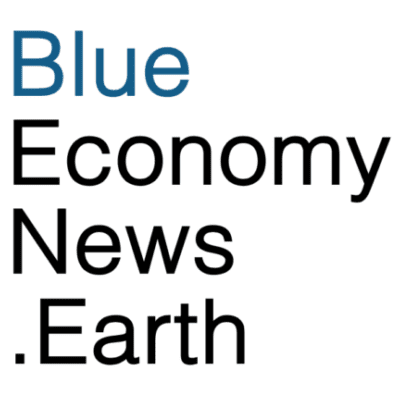A new report by the Getting to Zero Coalition Global Maritime Forum shows that the green shipping corridor movement, which designates special shipping lanes and ports for low-or-zero-emission ships, is gaining steam. The number of initiatives grew by 40% in the last year, from 44 to 62 and Europe is in the lead with one third of the corridors.
Green corridors are special shipping routes that only allow vessels running on low-or-zero-emission fuels. The idea is for the routes and their ports to make it easier and more affordable for shippers to lower their global greenhouse gas (GHG) emissions, by providing access to alternative fuels, for example.
Shipping accounts for roughly 3% of GHG emissions annually. Three types of ships are responsible for 80% of those emissions: containerships–which carry 90% of the world’s goods; tankers–which often carry fossil fuels from one place to another; and bulk shippers–which carry items such as grain. Of those three, container ships are most likely to be green corridor participants, the report said.
Green corridor shipping allows container companies to help their customers meet their own sustainability and regulatory requirements. But that benefit has a price. The report estimates that vessels eligible for green corridors will have costs of $64-72 million per year higher than other operations between 2027 and 2031. Costs are not expected to normalize until 2046.
The Global Maritime Forum has adopted some new qualifying criteria that, at least in its report, levels the playing field. Since container ships are among the Big Three emitters but are also leading the transition to lower-emission fuels, they are recognized as true green corridor agents, whereas pathways for lower-emission harbor craft, barges and offshore vessels are seen as “parallel to, but separate from, green corridors.”
Additionally, the organization only clocks initiatives with a focus on zero-emission ocean going vessels as moving the needle. And a green corridor must call itself that from the point of initiation, to avoid greenwashing. The report also focuses on routes where “the feasibility of zero-emission shipping is catalysed by public and private action” and has significant “cross-value chain collaboration, including close engagement and input from national/regional governments.”
Based on these criteria, the report said, eight initiatives announced between 2022 and 2024 were excluded from the report.
Of the many options for zero-emission fuels, methanol, ammonia, and electric are the most popular options, the report said. Methanol is the focus of 18 initiatives and popular with container vessels while ammonia, featured in 15 initiatives, is the most common fuel among bulk carriers.
Demand for these fuels could create “a watershed moment not only for green corridors but shipping decarbonisation more broadly.” Governments, port authorities, shipping companies, fuel producers and other stakeholders must put aside business as usual and find ways to collaborate on public-private partnerships to innovate new ways of doing business to facilitate the transition.
This could include forming pools to share zero-emission vessels; create shared risk-reward scenarios for purchasing the zero-emission fuels; or channeling direct investment in fuel production or structuring offtakes–who uses the fuels–to stimulate availability.

